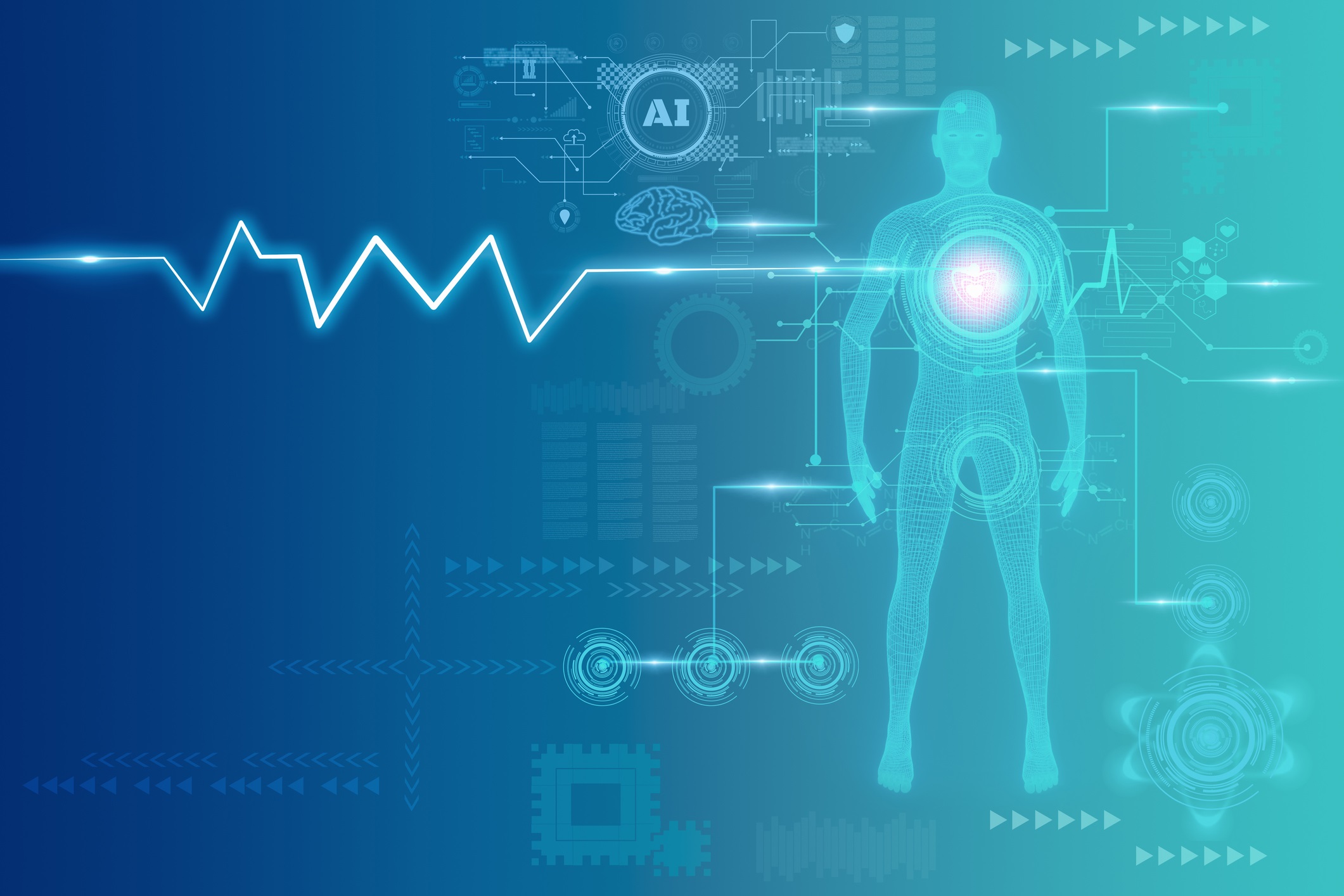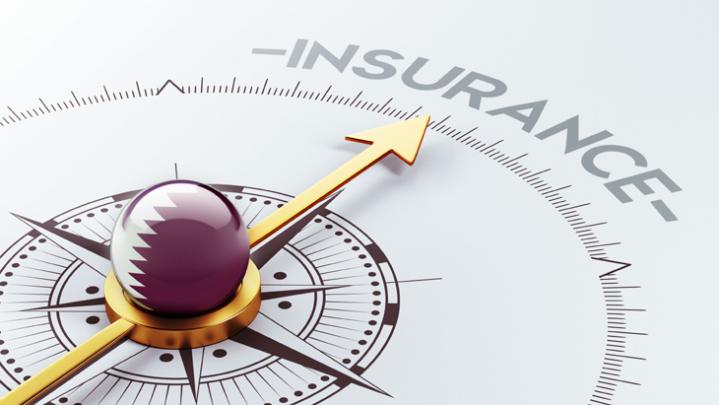To find diseases, plan treatments, and keep an eye on patients’ health these days, you need to be able to correctly read medical images.
X-rays, CT scans, MRIs, and ultrasounds are all types of medical imaging that are used to help people make decisions about their health care. But the huge number and complexity of medical images made every day make it hard for people to work in healthcare. To look at, study, and understand medical images, DICOM (Digital Imaging and Communications in Medicine) viewers are very useful. They make it simple and safe for doctors to do so.
What DICOM Is and How to Understand It
It sets rules for how medical images and the data that goes with them should be stored and sent. Because they are all the same, imaging tools and health IT systems can talk to each other. There are now more ways to share and use medical images in healthcare.
When you store a picture in DICOM, it also saves information about the patient that is important, like demographics, acquisition settings, and notes. As a result, every image has a full background. Diagnostic images and imaging studies can be used together to help doctors make better choices and figure out what’s wrong.
A look at the changes that DICOM Viewers had over time
The tools we use to look at and understand medical images have also gotten better. Readers for DICOM files used to only be able to view pictures. The program has grown over the years and now has many features that make it easier to do work and pick out problems more correctly.
It’s simple for medical staff to look at images and comprehend what they mean because most DICOM viewers today have very simple interfaces. They can read MRIs, CT scans, PET scans, ultrasounds, digital radiography (DR), and other types of imaging tests. You can also show them in 3D, change how they are laid out on more than one plane, and merge several picture files into one. Doctors can see what’s wrong in the bodyr this way.
What DICOM readers do and how hospitals use them
Reading DICOM files is now an important part of many areas of medicine, including cardiology (heart medicine), cancer, orthopedics, neurology, and many more. Radiology teams use DICOM viewers to look at imaging studies, write reports, and let the doctors who sent the patients know what they found. These viewers allow medical professionals to share images and reports about diagnoses within and between hospitals because they are secure. These changes help them work together better.
Telemedicine
They are also great for telemedicine and remote consultations because doctors can use them from anywhere with an internet link to see and understand scans. This is very helpful when it’s tough to get to a doctor or there aren’t enough of them.
Important aspects
Different imaging methods can be used with DiCOM readers, which makes it easy for doctors to look at images from different sources.
The viewers have tools for combining images, reformatting images on multiple planes, and creating 3D models of volumes. These tools give doctors a wider view of how the body works and what’s wrong.
The annotation and measurement tools in DICOM viewers let you make notes on images, measure lengths, widths, and angles, and add text lines and markers. This makes it easier to share data and helps doctors make better diagnoses.
Picture and Archive Communication Systems (PACS) and Electronic Medical Record (EMR) systems can talk to readers that read DICOM files. This makes it easy for doctors to get to imaging tests and find out about their patients.
All systems follow strict rules for security and compliance. These rules make sure that patient data and imaging studies are kept private, correct, and easy to get to.
People who use DICOM clients can change how it works and how they do things, which can turn the process into something better.
Possible Improvements
Improvements in machine learning (ML) and artificial intelligence (AI) could make DICOM users even better.
Reading DICOM files with the help of AI can help radiologists and doctors understand images by doing repetitive jobs like separating images, finding lesions, and doing quantitative analysis. All of these AI systems can help patients by making evaluations more accurate, adding to what doctors already know, and cutting down on the time it takes to understand results.
When AI and ML are added to DICOM readers, it’s likely that medical imaging and clinical decision-making will change in the future.
To sum up
DICOM viewers are now very important for doctors because they make it easier and faster for them to see, study, and understand medical images. DICOM readers have advanced features, are simple to use, and are fully integrated with clinical processes. Clinicians and radiologists can now use these tools to make smart choices and give patients the best care possible. Medical imaging is changing with new technologies that use AI, but DICOM readers will still be the most cutting edge medical tools in the future.




